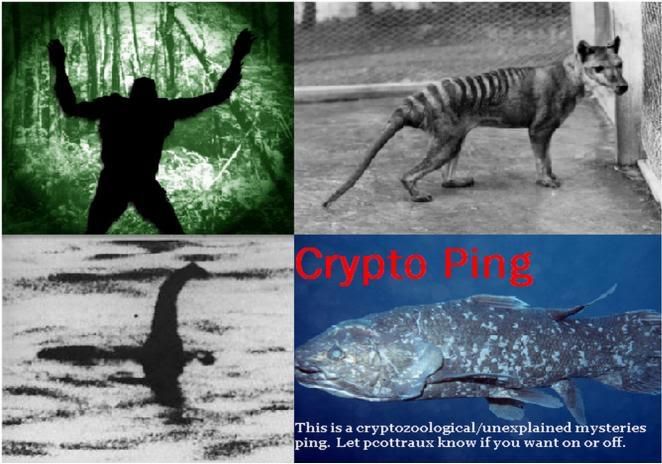
A previously unexplored section of Antarctic sea floor lured marine scientists and their vessel Polarstern to the frozen continent for a voyage of exploration over Christmas and New Year.
The trip yielded, said researchers, a wealth of useful information and some undiscovered species.
(Image: G Chapelle, IPF/ Alfred Wegener Institute)

Among the new species was this giant amphipod, a type of crustacean, which researchers caught in baited traps. About 10cm (four inches) long, it is one of the biggest amphipods found in the region.
(Image: C d'Udekem, Royal Belgium Institute for Natural Sciences)

Already well known to science is Pareledone turqueti, or Turquet's octopus.
Its wellbeing is key to the lives of other Antarctic animals, being important prey for elephant seals, albatross and shags.
(Image: E Jorgensen, Noaa)

What makes the region so special - "virgin geography", in the words of researcher Julian Gutt - is its recent history.
The Larsen A and B ice shelves collapsed here 12 and five years ago respectively, leaving unexplored sea floor which is now being colonised by a new batch of organisms.
(Image: G Chapelle, IPF/ Alfred Wegener Institute)

Among the colonising organisms are sea squirts. These gelatinous tubes have moved into the Larsen B region only since the ice shelf collapsed in 2002, scientists believe.
Such migrations may be repeated in other parts of the Antarctic Peninsula as temperatures rise.
(Image: J Gutt, Alfred Wegener Institute)

One of the extraordinary adaptations which evolution generates in the extreme Antarctic cold is found in the ice fish.
It has evolved to have no red blood cells and no haemoglobin, meaning that its blood flows more freely. The oxygen which its muscles need simply dissolves in the blood.
(Image: J Gutt, Alfred Wegener Institute)

This sea star, found near a glacier mouth, is unusual in having 12 arms instead of the usual five. Not much else lives in this muddy zone.
The shadows on this image were generated by lights on the Polarstern's remotely operated submersible, which the scientists used for many of their finds.
(Image: J Gutt, Alfred Wegener Institute)

If you think corals belong exclusively to the tropics, think again; here they are in the Larsen B area.
As Dr Gutt observes: "We were in the unique position to sample wherever we wanted in a marine ecosystem considered one of the least disturbed by humankind anywhere on the planet."
(Image: J Gutt, Alfred Wegener Institute)

The 10-week voyage of the Polarstern, which belongs to the Alfred Wegener Institute in Germany, is part of the ongoing Census of Marine Life (CoML).
The ship and many of the scientists involved will also be taking part in International Polar Year (IPY) projects after its launch this week.
(Image: G Chapelle, IPF/ Alfred Wegener Institute)
